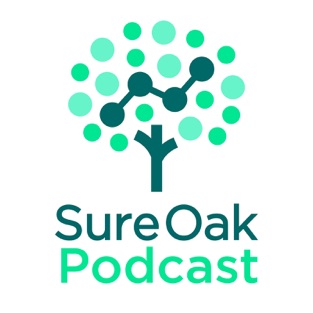
Sure Oak: Digital Marketing, SEO, Online Business Strategy, & More
Sure Oak: SEO and Digital Marketing Agency
Learn how you can grow and scale your business online from experts in digital marketing. Each week we sits down with a new online marketing expert to discuss their top growth strategy. Get fresh tactics, tips, and advice about internet marketing. Whether you're a CMO (chief marketing officer), entrepreneur, startup, or business owner, you'll learn a lot as we speak with guests from all disciplines, including SEO, Adwords, content marketing, Facebook Ads, social media marketing, inbound marketing, growth hacking, and more. Sure Oak is a team of search engine optimization experts with a keen interest in B2B strategies for business growth.
- More Episodes? Get the App